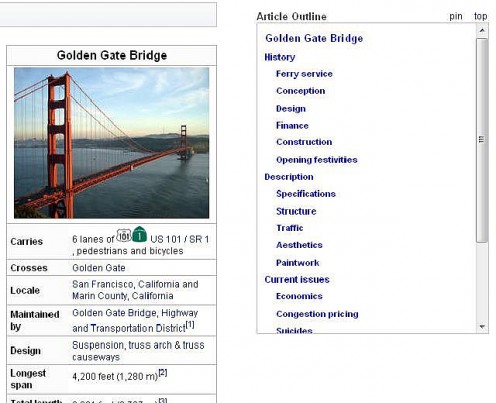How to Create an Outline for Writing an Online Article
Freelance Writing
Writing articles online is a way that many people around the world make money every day. An important part of the online writing process is creating the outline. The outline is one of the first steps and sets the groundwork for creating an article that does well for page views online and is well-composed as well.
Create an Outline

Writer's Poll
Do You Create An Outline For Your Articles?
Organize Your Thoughts
One important reason to create an outline is it serves as a way to organize your thoughts. You can create your outline using software such as Microsoft Word, or use the pen and paper method. The main point is that you are able to organize your thoughts into written form.
Without an outline, a writer may fear that halfway through the article he or she will forget a point or the great ending that was planned for the piece.
Another fear may be that the publish button will be pressed without citing all of the collected sources; some online publishers do not allow clients to revise articles once published. As well, the chance of blank page syndrome striking right in the middle of writing the article, without an outline as "back-up", is eliminated.
An outline ensures that your ideas are all written out. As well, new ideas may occur to you as you are creating the outline. Complete sentences are not necessary on the page, but writing needs to be eligible so that you are able to follow the words later as you flesh out the points to create the finished product.
Create the Title and Headings

Research Title and Headings
Research is involved in creating an effective outline. Use the Google Keyword Tool to find keywords that are Low in competition and have at least a few thousand global monthly searches performed per month.
Repeat the same research strategy for the Headings. Headings are very important as they are the groupings for your main ideas. You likely already grouped your ideas within your outline when you organized your thoughts in the previous section. Now is the time to ensure that the words you choose for your Headings within the article will help you get page views online for the work. Make them precise and effective in wording.
Take a Look Back At the Outline

Look Over Outline
Now that your basic outline is created, you can begin to flesh out the ideas more. Consider other elements essential for an article to perform well online. Ask yourself:
- Have you missed any major points?
- Are there gaps or do you need to do more research online for a specific point? The outline helps you to see these holes.
- Do you have reputable sources to support your points and any statistics mentioned? If so, make reference to them on your outline to remind yourself to link to the article when you write your own piece.
- Do you have articles that you can link to within this one? Jot down any related article titles that you can embed within this article onto the outline so that you do not forget when you write the piece.
- What types of photos will you use? Remember that adding photos increases page views as photos catch the reader's eye, create interest, and can be picked up by image queries on search engines.
- How can you engage the reader further? Would a Poll add to the article?
The Next Step
Now that the article is formed, you can begin the process of writing the online article. If you created your page online, print it out or move it to a second monitor (if you use one) to have it within your line of vision. Keep your paper outline at the side of your workspace to refer to as you write. You will likely find a comfort in having the outline to refer to as it is the backbone for the published piece.
You have done a large chunk of the work in creating the outline and now you flesh out the ideas. Add in visual interest with photos, polls, and other features, and remember to accurately site quality online sources. Press the Publish button and be confident as you know that your work is well-researched and effectively written.








